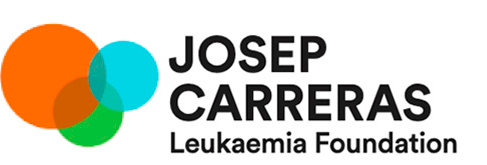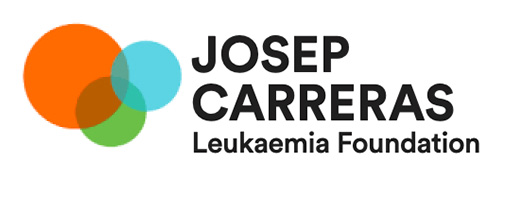Glossary of terms
Allogenic
Allogenic transplant or allotransplantation
“Allo” means “other”. The allotransplant (or allogenic transplant) stem cells come from someone other than the patient, whether the donor is related (family) or unrelated (anonymous).
See Bone Marrow Donor Registry.
See Haematopoietic progenitor-cell transplantation.
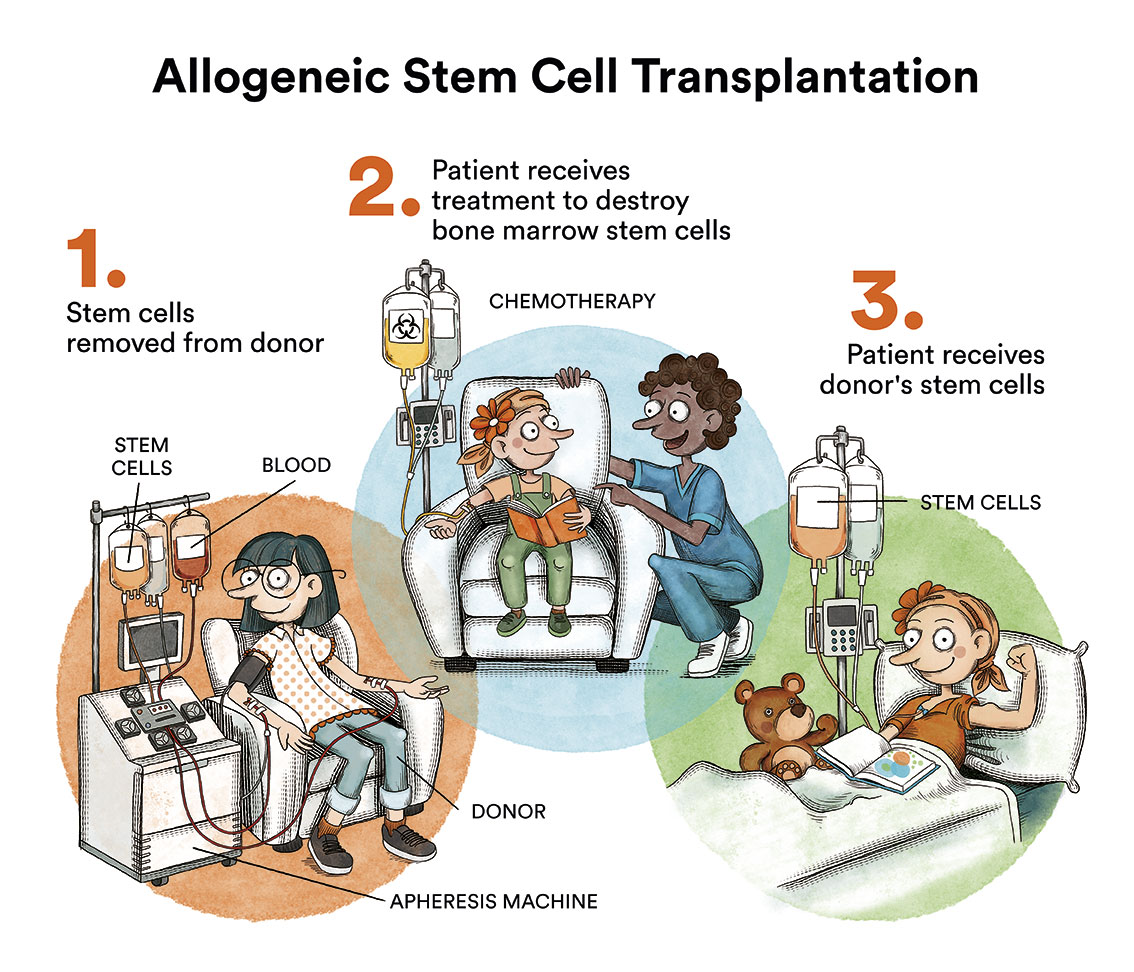
Anaemia
Anaemia is a condition developed when the blood produces a number of healthy red blood cells below the normal amount required to carry sufficient oxygen to the tissue in the body. When a patient has anaemia, their body does not obtain a sufficient amount of oxygen-rich blood. This lack of oxygen can make the patient feel tired or weak. There are many forms of anaemia, and each has its own cause. Anaemia can be temporary or long term, and can vary from mild to severe.
Antibodies
Antibodies are proteins produced by the body’s immune system when it detects damaged substances, called antigens. This is how the body’s immune system attacks foreign substances. The antibody sticks to a specific protein called an antigen. Antibodies circulate throughout the body until they find an antigen and stick to it. Once unified, they can force other parts of the immune system to destroy the cancer cells that contain the antigen.
Antigens
Antigens are molecules that are foreign or toxic for the body and can originate from the environment, such as chemicals, bacteria, viruses or pollen. They can also form inside the body.
Apheresis
Apheresis is a procedure by way of which the components of the blood are separated. Those necessary for medical application are separated and the remaining blood is returned to the donor.
Autologous
“Auto” means “oneself”. Stem cells from autotransplants (or autologous transplants) come from the same person who will receive the transplant, meaning the patient is their own donor.
Biological therapy
Biological therapies (sometimes called immunotherapies, biotherapies or biological response modifying therapies) are a type of treatment designed to stimulate the body’s natural defences to fight leukaemia, lymphoma or other type of cancer. These substances are produced naturally in the body or in a laboratory, and are substances created by living organisms to treat diseases. In the case of cancer, some biological therapies use materials produced by the body or developed in a laboratory to improve, direct or restore immune system function. The most-used biological therapies are interferons, interleukins, stimulating factors (G-CSF, erythropoietin), monoclonal antibodies, immunotherapies, including CAR-T therapies.
Blasts
Blasts are immature precursors of the white blood cells and are formed in the bone marrow found inside the bones and are generally NOT found in peripheral blood studies. The abnormal presence of these cells in the blood can imply a blood cancer diagnosis.
Blood
Tissue comprised of red blood cells, white blood cells, platelets and other substances suspended in a liquid known as plasma. Blood carries oxygen and nutrients to the tissues and removes waste.
Bone marrow
Bone marrow is a spongy tissue found inside some of the bones of the body such as the iliac crests (hip bone), the sternum or the bones forming the skull. In colloquial language it is called marrow. It is often confused with spinal marrow. However, it is in no way similar. Their functions are totally different. Spinal marrow is located in the spinal column and transmits nerve impulses from the brain to the entire body and vice versa. Bone marrow contains immature cells known as haematopoietic stem cells, which are the stem cells that make up the blood. These cells divide to create more cells that give rise to all the cells in the blood, and become one of three kinds of blood cells: the white blood cells that protect us from infection; the red blood cells that carry oxygen around the body; or the platelets that help the blood to clot. Bone marrow can be transplanted, as it can be extracted from a bone of a living donor, generally from the hip, by way of a puncture and aspiration, and transfused into the circulatory system of the recipient in the case of HLA system compatibility (compatibility between donor and recipient). The transfused stem cells will nestle into the bone marrow in the bones of the recipient. This is known as a bone marrow transplant.
See Leukaemia, bone marrow and blood cells.
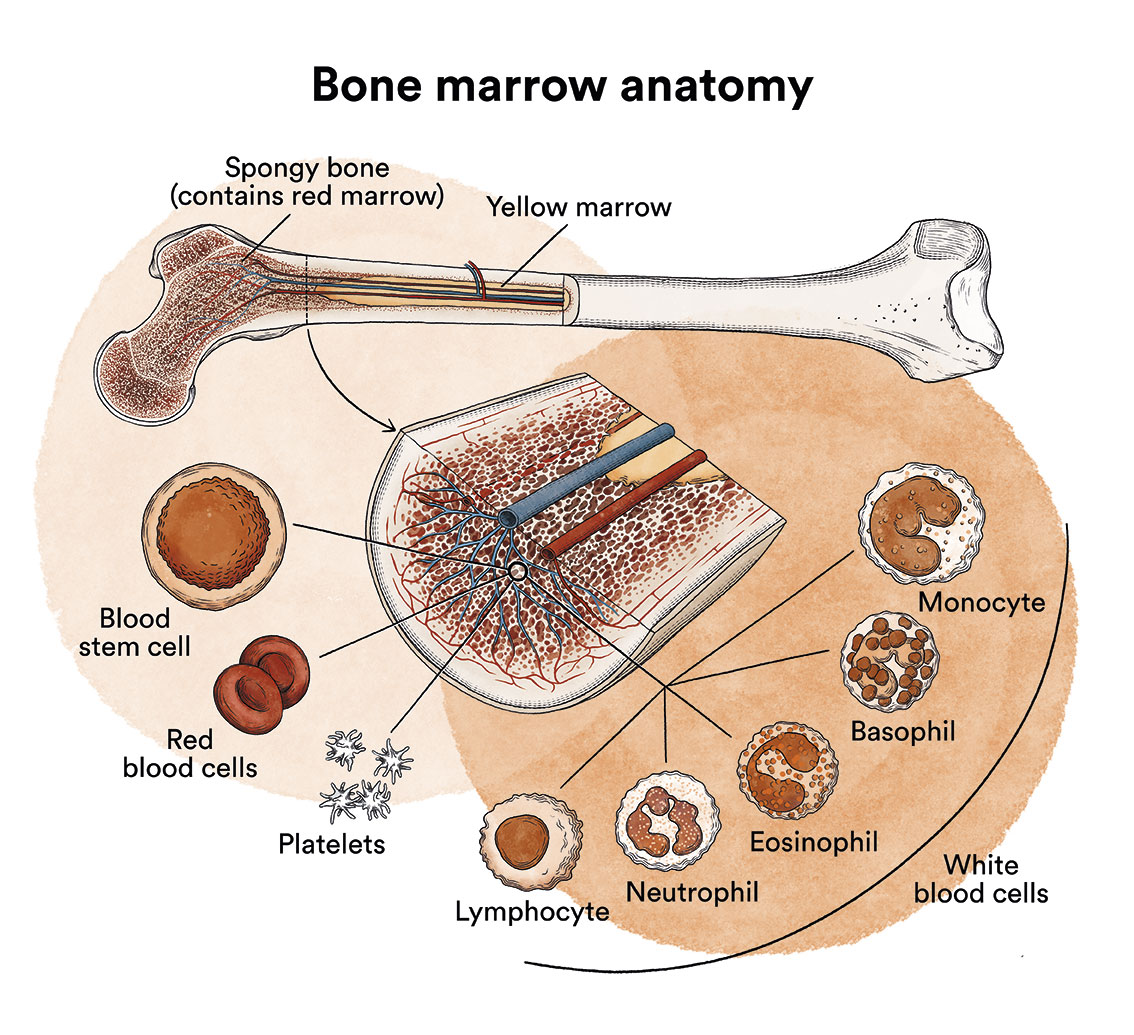
Bone marrow aplasia
Bone marrow aplasia is a benign haematological disease that consists of the disappearance of the cells responsible for the production of the blood in bone marrow. Consequently, there is a reduction in haematids (red blood cells), leukocytes (white blood cells) and platelets in peripheral blood.
Bone marrow donation
Haematopoietic stem cell donation (the precursor cells that will later generate all the blood cells) of the bone marrow for the later transplant of these cells in a patient. This is a living donation.
Bone marrow transplant
Haematopoietic transplant (commonly known as bone marrow transplant) is a treatment option that can be used in certain patients, predominantly in those with blood cancers, such as acute leukaemias. The patient’s bone marrow, which produces malignant cells, is destroyed by administering high doses of drugs and radiotherapy, and replaced with healthy bone marrow. The latter can come from a donor (allogenic transplantation) or from the patient (autogenic or autologous transplantation).
CAR-T Immunotherapy
CAR-T Immunotherapy or Chimeric Antigen Receptor T-cell therapy (CAR-T) is a treatment in which immune cells known as T-cells (a type of white blood cells or T-lymphocyte) fight cancer by altering them in the laboratory so that they can locate and destroy cancer cells.
See CAR-T Immunotherapy (content in spanish)
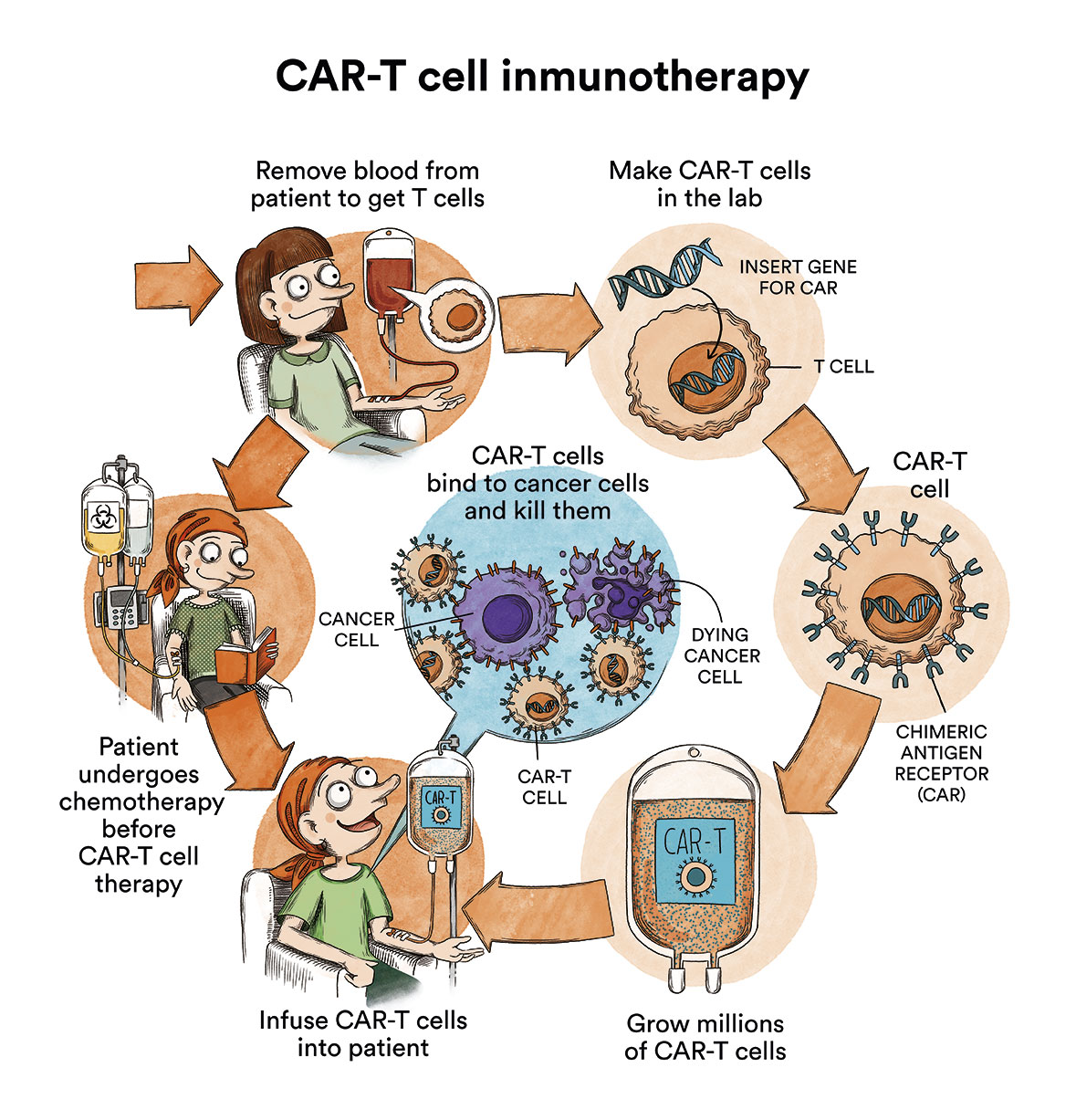
Catheter
A catheter is a thin, soft plastic tube that goes inside a vein. It is used to administer treatment or to facilitate easier blood extraction via that vein.
See Central venous catheters (content in spanish)
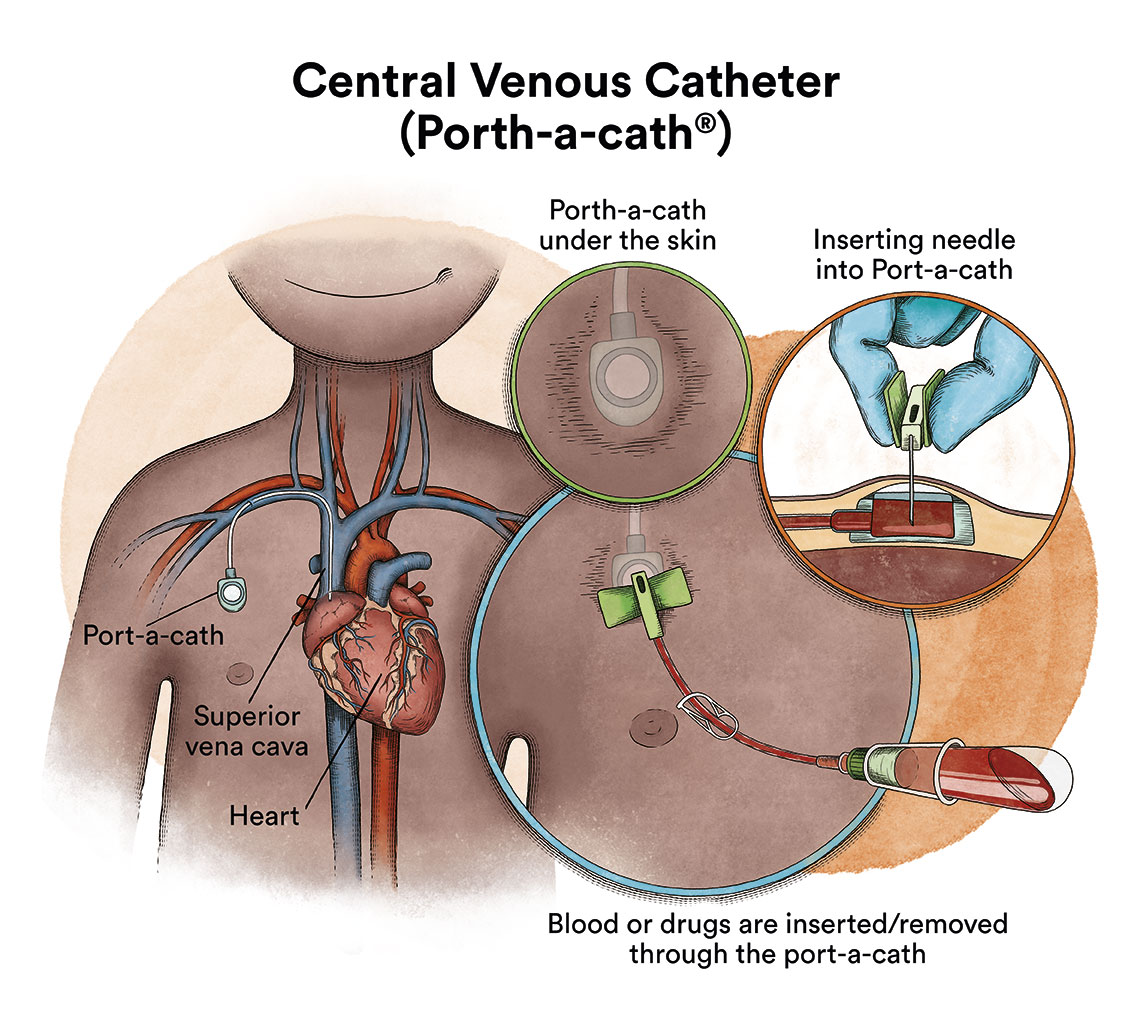
Chemotherapy
Chemotherapy is one of the treatment regimens used for malignant diseases. It is based on the use of drugs that target rapidly growing and dividing cells such as cancer cells.
Chimera
Post haematopoietic progenitor transplant chimera refers to the presence of haematopoietic cells that do not belong to the recipient, appearing as a result of an allogenic transplant (from a donor). Chimerism studies can determine whether the donor’s haematopoietic system has been able to implant in the recipient and whether it has done so by displacing the recipient’s haematopoietic system or coexisting in equilibrium.
Cyclosporine
Cyclosporine is an immunosuppressant drug used widely in transplants, both of solid organs and haematopoietic progenitors, between two people and with the aim to reduce immune system activity in the patient and the risk of rejecting the organ.
Essential thrombocythaemia
Essential thrombocythaemia (ET) is a malignant disease classified under the Chronic myeloproliferative disorders (CMPD) or myeloproliferative neoplasms (MPN), together with chronic myeloid leukaemia, polycythaemia vera or primary myelofibrosis. A common characteristic of these diseases is that the bone marrow stem cells, which are responsible for making all blood cells, have a defect that causes them to produce some of the myeloid blood cells in an uncontrolled manner.
Fanconi anaemia
Fanconi anaemia is the most common form of inherited aplastic anaemia.
GvHD (Graft-versus-Host Disease)
Graft-versus-Host Disease (GvHD) is a complication that often occurs following a blood stem cell transplant (bone marrow, peripheral blood or umbilical cord blood) from a donor.
Haematology
Haematology is the medical specialism that studies, diagnoses, treats and prevents blood diseases and the organs involved in their production, such as bone marrow, spleen or nodes, among others.
Haematopoietic Progenitors
These are commonly called blood stem cells. They are the most immature blood-forming cells, i.e. they are progenitor cells that will later form the different blood cells. They nestle in the bone marrow and are commonly used for many treatments for haematological malignancies or other serious blood diseases (bone marrow, peripheral blood or umbilical cord blood transplantation). These cells are normally found inside the bone marrow of bones (especially hip bones, vertebrae and ribs), but sometimes their number increases in the circulating blood, so they can also be obtained via the veins. The aim of haematopoietic stem cell transplantation is to restore the function of the bone marrow (haematopoietic tissue) so that it can produce blood cells normally.
Haematopoiesis
Haematopoiesis or haemaopoiesis is the process of formation, development and maturation of all the elements of the blood in the bone marrow from a common cell precursor known as a multipotent haematopoietic stem cell.
See Leukaemia, bone marrow and blood cells.
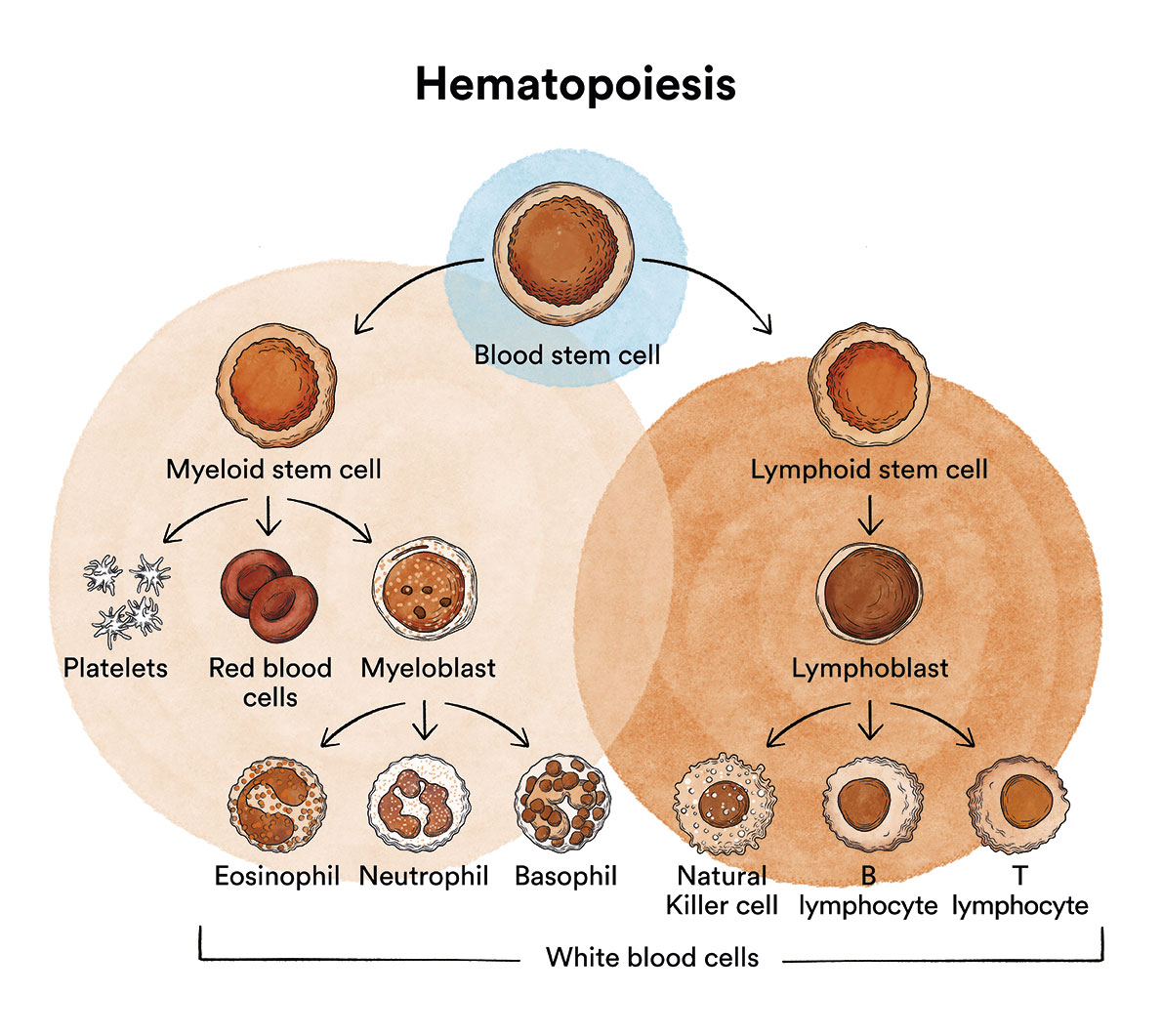
Haemoglobin
Haemoglobin is a protein found inside red blood cells that transports oxygen from the lungs to the tissues and organs in the body, in addition to taking carbon dioxide back to the lungs.
Idiopathic Thrombocytopenic Purpura
Idiopathic Thrombocytopenic Purpura (ITP) is a non-malignant blood disease characterised by a reduction in platelets. It is caused by the immune organs producing antibodies against platelets, which causes the spleen to recognise the platelets themselves as foreign cells and destroy them.
Immunodeficiency
Immunodeficiency is a pathological state in which the immune system does not fulfil its protective role, leaving the body vulnerable to infection. There are severe types of immunodeficiencies that occasionally require a bone marrow transplant to cure them.
Immunotherapy
Immunotherapy is a type of biological therapy that uses substances produced by live organisms in order to help the immune system to fight the cancer. The patient’s own immune system is boosted to help their body fight infections and other diseases.
Intrathecal
Describes the space full of liquid between the thin layers of tissue that cover the brain and spinal cord. Medication can be injected in the liquid or a sample of the liquid can be extracted in order to be tested. Intrathecal chemotherapy refers to the injection of medication into the intrathecal space, which contains spinal fluid. This form of administration includes direct administration of drugs into the central nervous system.
Leukaemia
A type of blood cancer. It can be acute or chronic and there are many subtypes.
Lumbar puncture
This is a diagnostic test used to detect some diseases. This process involves the insertion of a needle into the space between two lumbar bones (vertebrae) to extract a sample of cerebrospinal fluid. This is the liquid that surrounds the brain and spinal cord to protect them from injury. A lumbar puncture (puncture of the space between two lumbar vertebrae) can confirm the presence of abnormal cells in the fluid that occupies the spaces in and around the brain and spinal cord.
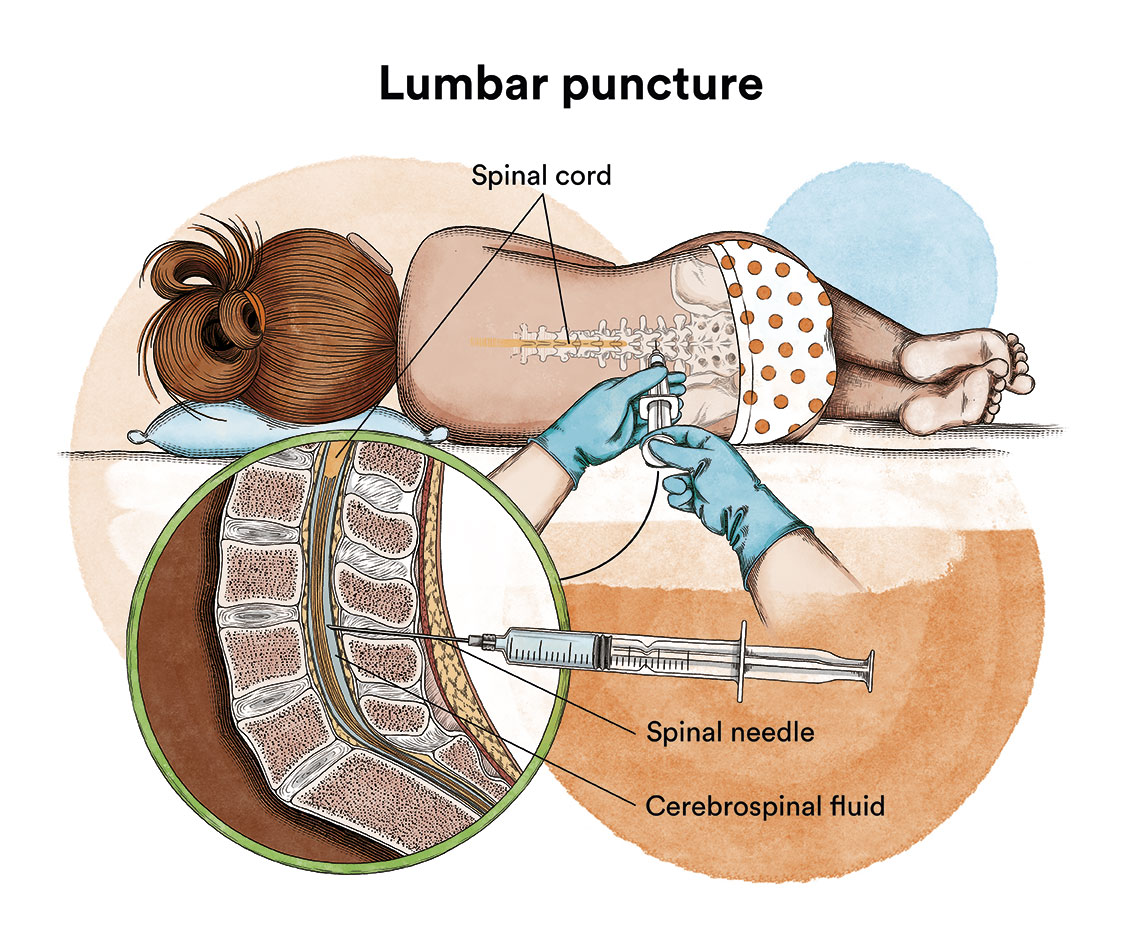
Lymphocytes
Lymphocytes are a type of immune cell, in this case, a type of white blood cell made in the bone marrow; they are located in the blood and lymphoid tissue. The two types of lymphocytes are B-lymphocytes and T-lymphocytes. B-lymphocytes make antibodies and T-lymphocytes help destroy tumour cells and control immune responses.
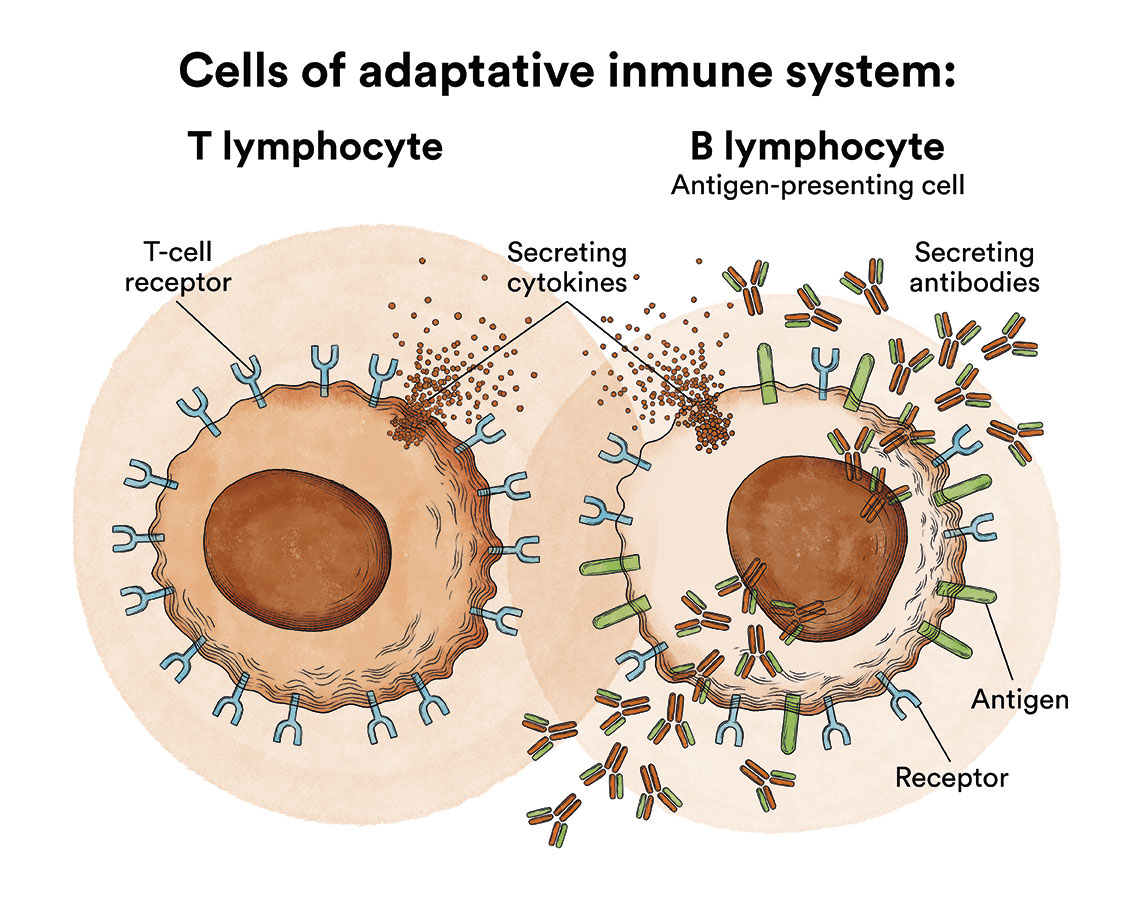
Lymphoma
A type of blood cancer. It can be aggressive or indolent and there are many subtypes.
Monoclonal antibodies
Monoclonal antibodies are immune system proteins that are created in a laboratory. They are artificial proteins that act as human antibodies in the immune system with a therapeutic target. Researchers can design antibodies with the aim of a specific antigen, such as one found in cancer cells.
Mucositis
Mucositis is an inflammation of the mucous surface that covers the interior of the digestive tract, with the mouth, throat and oesophagus being the most affected areas. Mucositis is very common, affecting more than 40% of chemotherapy patients and more than 75% of patients who receive a bone marrow transplant will suffer from it. Its frequency and intensity will depend directly on the type and dose of chemotherapy administered.
See Mucositis (content in spanish)
See Oral hygiene in onco-haematological patients (content in spanish)
Multiple myeloma
Multiple myeloma (MM) is a cancer of a type of bone marrow cells called plasma cells. Myeloma occurs specifically in older people, with more than half of patients being diagnosed at age 65 or 70, but it can also affect adults and young people.
Myelodysplastic syndromes
A heterogeneous group of malignant blood diseases characterised by alterations that can occur when blood-producing cells in the bone marrow become abnormal cells. This causes the numbers of one or more cell types in the blood to decrease.
See Resources for patients with myelodysplastic syndromes (content in spanish)
Primary amyloidosis
Primary amyloidosis is a disease classified within the group of monoclonal gammopathies. This is a type of cancer in which fibrillar proteins (amyloid substance) are deposited in tissues in sufficient quantities to impair the normal function of the affected organ.
Petechia
Petechiae are small round marks that appear on the the skin as a result of bleeding. These are often benign lesions, but they can be a symptom of more serious issues, such as leukaemias, due to low platelet production. Petechiae develop because the small blood vessels under the skin burst.
Platelets
Platelets, also known as thrombocytes, are blood cells. They are actually fragments of very large cells in the bone marrow called megakaryocytes. They help produce blood clots to slow or stop bleeding and to facilitate wound healing.
See section Leukaemia, bone marrow and blood cells.
Polycythaemia Vera
This is a type of blood cancer categorised in a group of neoplasms called chronic myeloproliferative disorders. In the case of polycythaemia vera, due to a mutation in a red blood cell-producing cell, the blood thickens due to a significant increase in red blood cells and blood haemoglobin. This disorder mainly affects people over the age of 60.
Red blood cells
Red blood cells are a type of stem cell that contain a protein called haemoglobin, which transports oxygen from the lungs to all parts of the body. They are a type of blood cell produced in the bone marrow and are found in the blood. Red blood cells are also called erythrocytes or haematids.
Rejection
In terms of a bone marrow transplant, one aspect is failure of implantation of the new marrow, and another is Graft versus-Host Disease (GvHD), which is sometimes commonly referred to as “rejection”. Graft failure is suspected in patients whose counts do not begin to increase within 3-4 weeks of a bone marrow or peripheral blood transplant, or within 7 weeks of an umbilical cord blood transplant. GvHD is not a rejection of the implant by the body, but the other way around. When a patient receives a solid organ transplant (for example, a kidney), “the patient’s body could reject this transplanted foreign organ as it does not recognise it as its own”. In donor blood stem cell transplantation, what can happen is that the donor’s cells (the graft) recognise the patient’s body (the recipient) as foreign.
Stem cells
In haematology, we talk about haematopoietic stem cells as opposed to embryonic cells (by no means similar). All blood cells (white blood cells, red blood cells and platelets) begin as immature cells (young) known as haematopoietic stem cells. They start the same way, however, these stem cells can mature in any type of blood cell, depending on what the body requires when each blood stem cell is developing.
The lymphatic system
The lymphatic system is the network of organs and tissues in the human body that produce, store, regulate and transport white blood cells around the body. The aim of this system is to defend the human body against infections and regulate the response of the white blood cells. The system includes bone marrow, spleen, thymus, lymph nodes and lymphatic vessels (network of tubes that transport lymph and white blood cells).
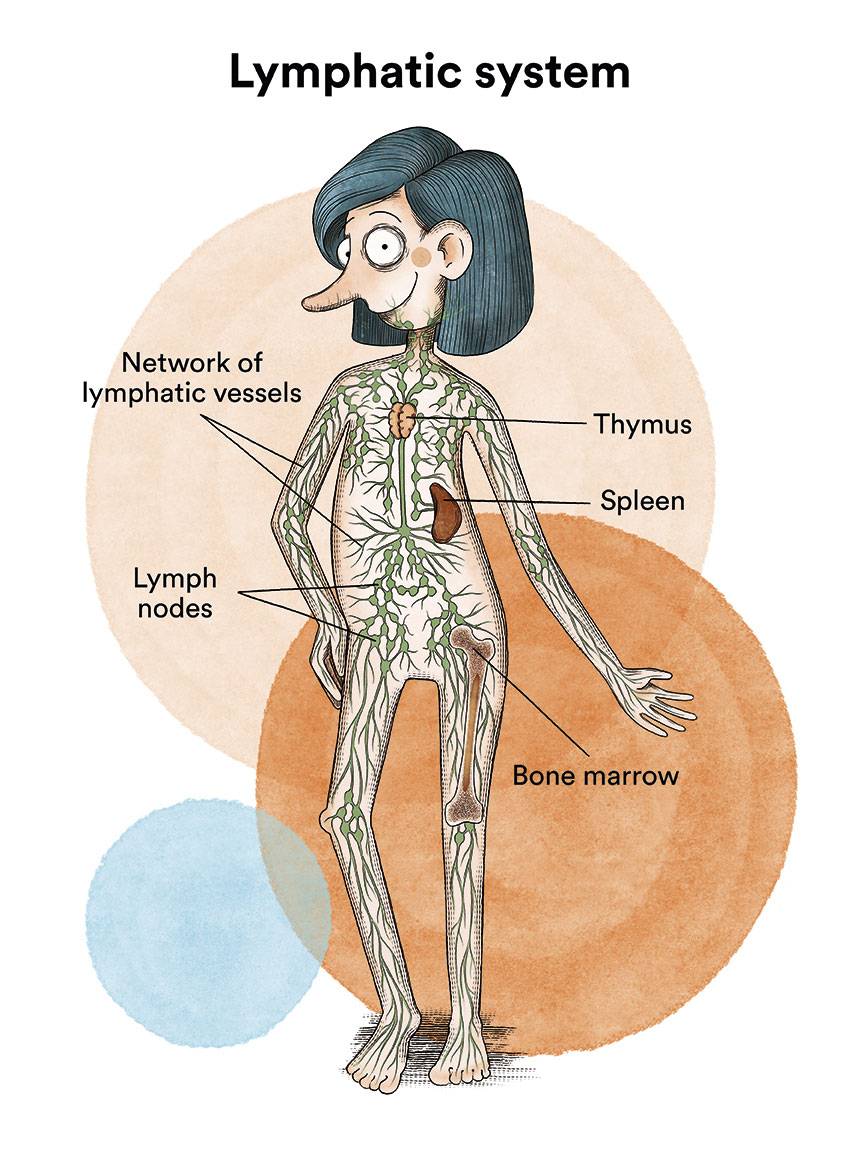
Waldeström Macroglobulinemia
Waldeström Macroglobulinemia (WM), also known as “lymphoplasmacytic lymphoma” is a very rare blood cancer and is low grade (slow progressing). It is classically categorised as a monoclonal gammopathy, but clinically it is more similar to an indolent B-cell non-Hodgkin’s lymphoma (lymphoplasmacytic lymphoma).
White blood cells
White blood cells are a type of stem cell and form part of the body’s immune system. They help to fight infections and other diseases. They are a type of blood cell produced in the bone marrow and are found in the blood.
Become a member of the cure for leukaemia!

